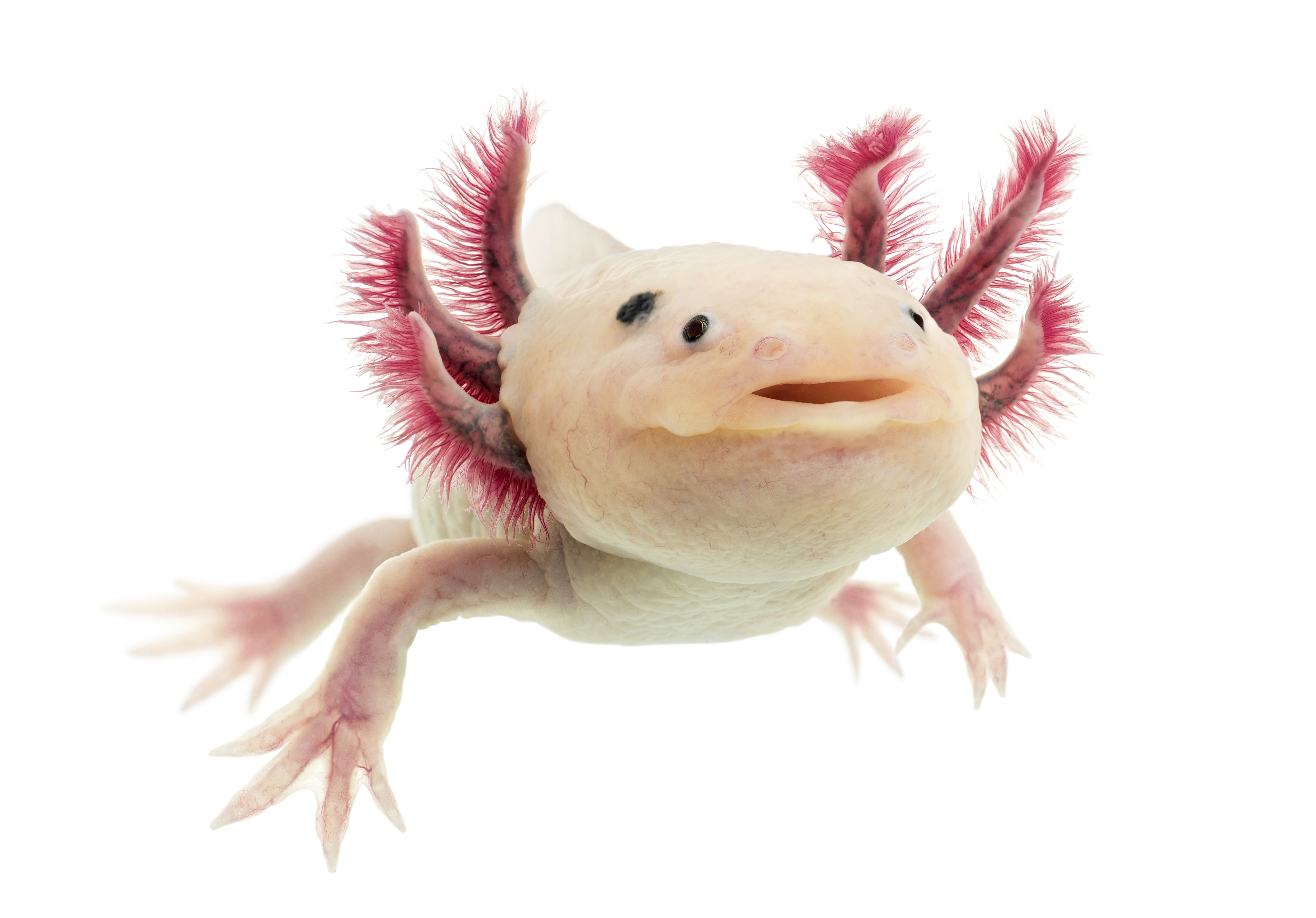10 Strange Animal Adaptations That Seem Too Weird to Be Real
2. The Axolotl: Master of Regeneration

The axolotl, a neotenic salamander native to Mexico, is renowned for its extraordinary regenerative abilities. Unlike most vertebrates, which can only repair minor injuries, the axolotl can regenerate entire limbs, spinal cords, hearts, and even parts of its brain. This remarkable capability has made the axolotl a subject of extensive scientific research, as understanding its regenerative processes could revolutionize medicine and tissue engineering. At the heart of the axolotl's regeneration lies its ability to retain embryonic characteristics throughout its life, a phenomenon known as neoteny. This allows the axolotl to maintain a high level of cellular plasticity, enabling it to regenerate complex structures with precision. Researchers are particularly interested in the molecular pathways and genetic factors that facilitate this process, as they could hold the key to unlocking regenerative therapies in humans.
Despite its impressive abilities, the axolotl faces significant threats in the wild. Habitat destruction and pollution have led to a drastic decline in its natural populations, making it a critically endangered species. Conservation efforts are underway to protect this unique creature and its habitat, highlighting the importance of preserving biodiversity. The axolotl's story is a testament to the wonders of evolution and the potential for scientific discovery in the natural world.